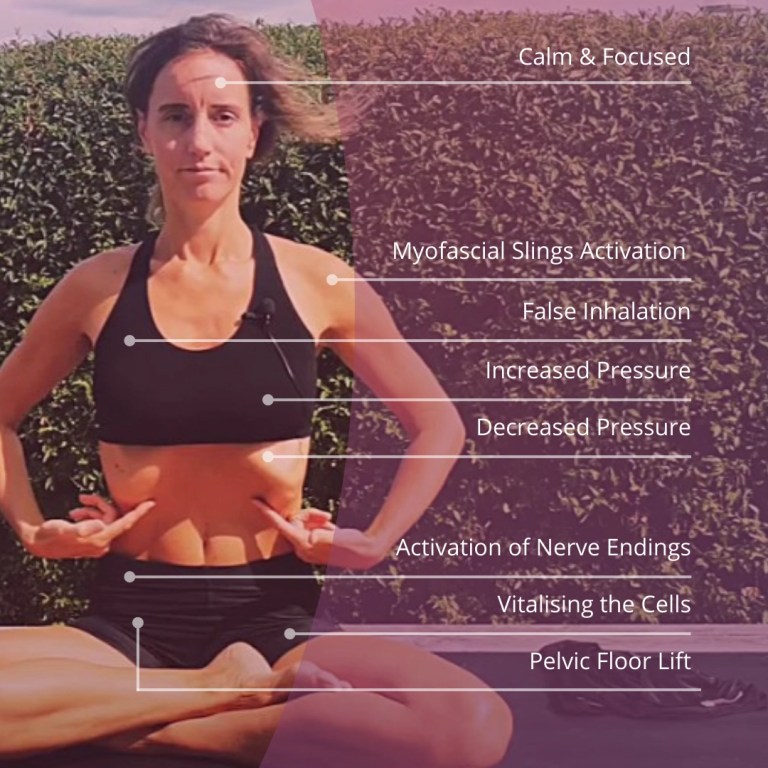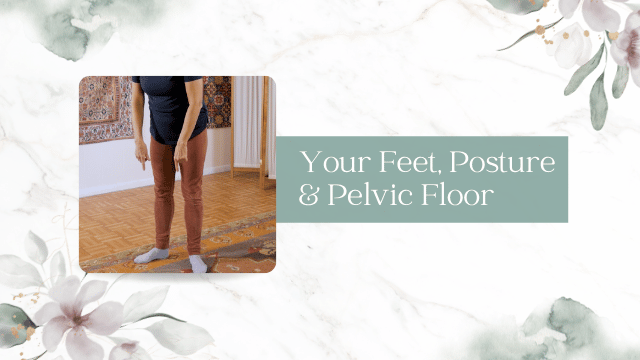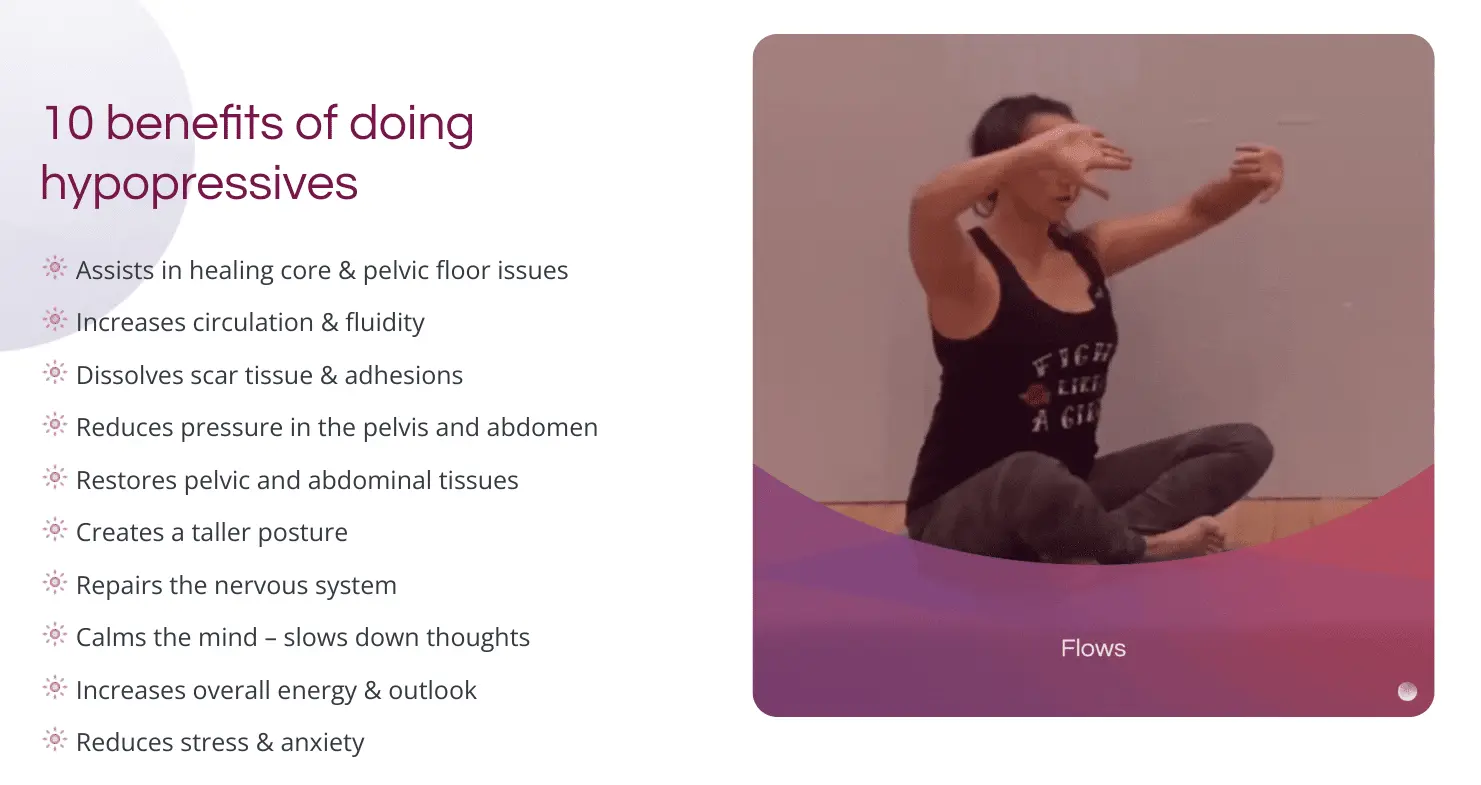Why is no one else talking about pelvic dysfunction?
- November 23, 2022
- Pelvic Floor

It’s a great question and likely the reason you chose to read this blog – to get the answer to this puzzling question.
In a world where hundreds of millions of women are affected by pelvic floor disorders, you’d think everyone would be talking about it. Well, at least the medical community, right?
Sadly this is not the case. The question is being asked in small circles and healing communities, like ours at MoonRise. Although this is a nice start, it’s time to make this topic less taboo and more mainstream. Who’s with me?!
Because the more we talk about pelvic dysfunction, the less scary and intimidating it is for conversations to happen among women facing this condition. Shining a light on the topic, makes it known, brings awareness, and from there positive changes can unfold.
In fact, this topic and question of today’s blog is the main reason for starting MoonRise, the company I co-founded with my husband. I’ll get into this more later, but for now, I’ll say this.
After my personal struggle with pelvic floor dysfunction, and the lack of answers, hope, and solutions out there, I knew I needed to do something.
Starting MoonRise made it possible to share the healing solutions I found, tried, and used with success to women around the world. Women looking for safe, effective, natural, and affordable solutions to reverse and heal pelvic dysfunction.
Before answering the question you came here for, I feel it’s important to first share some background on pelvic disorders and the widely known treatment, to give context to the answer.
I hope it’s worth the wait – I promise to keep it interesting along the way!
Ready to dive in?
What causes pelvic floor dysfunction?

There are a few main causes of pelvic dysfunction. The primary ones are scarring and adhesions in your pelvic fascia. This can sound very scientific and complex.
So, let me first answer the question – what is fascia?
Fascia is your connective tissue and it’s located throughout your entire body. It’s like a web that connects and holds everything together.
When I say everything, I mean it! Fascia holds our bones, tissues, muscles, tendons, blood vessels, organs, and cells in their proper position and place.
But when it comes to pelvic floor fascia, I like to compare it to a hammock, given the shape of our pelvis. The pelvic floor “hammock” holds up the tissues, muscles, and organs.
When there is damage to the fascia through scarring and adhesions, problems can occur, leading to pelvic floor dysfunction.
Before getting into the type of dysfunctions or disorders that exist, I want to share a few ways the fascia can become scarred or develop adhesions.
Scarring and adhesions can occur during pregnancy, labor (natural or c-section), menopause, surgery, injury, emotional or sexual trauma to the pelvic floor, and activities such as horseback riding, or long-distance bike riding.
Types of Pelvic Floor Dysfunction
When the scarring and adhesions in your pelvic fascia become severe, this cuts off (or minimizes) circulation, fluidity, and nourishment to this area. After a while of this occurring, usually without your knowledge, a pelvic disorder can manifest.
The most common types of pelvic dysfunctions include pelvic organ prolapse and incontinence (uncontrolled leakage of urine or feces).
There are specific types of pelvic organ prolapse and incontinence, which you’ll find below. In addition, I’ve listed many other symptoms that can result from damage to your pelvic fascia.
A detailed list of pelvic floor dysfunction symptoms
These are the most commonly reported symptoms from our customers, who come to us seeking natural healing solutions.
- Heaviness/Bulging/Chafing
- Prolapse
- Cystocele
- Rectocele
- Uterine Prolapse
- Enterocele
- Weak & tense pelvic floor
- Bladder leakage/incontinence
- Urinary incontinence
- Stress Incontinence
- Fecal incontinence
- Mixed Incontinence
- Overflow Incontinence
- Urge Incontinence
- Functional Incontinence
- Low Libido
- Hemorrhoids
- Wideness/Vaginal gas
- Vaginal dryness
- Pain in pelvic floor
- Pain during intercourse
- Lower Back Pain
- Abnormal Vaginal Discharge
- Vaginal Gas/Vaginal Wideness
- Constipation
- Vaginal Dryness/Vaginal Atrophy
- Hip Pain
- Pelvic Pain
- Burning pelvic pain
- Nocturia
- Tailbone pain/Coccydynia
- Fibroids/Cyst
- Levator Ani Avulsion
- Vaginal Vault
- Pudendal Neuralgia
You might have noticed that these are all physical-based symptoms. But what about the emotional toll of having to navigate the daily challenges these physical limitations present?
I remember feeling angry some days, depressed on others, and felt stuck without hope. If you’re experiencing something similar, know that you are not alone.
Emotional symptoms caused by pelvic floor issues

This is a list of emotional-based symptoms that our customers experience, ranked in order from the most to least common.
- Feeling Stuck
- Anxious
- Sad
- Angry
- Feeling Lost
- Depressed
- Unattractive/Not Confident
- Frustrated
- Overwhelmed
- Scared/Fearful
- Burdened
- Regretful
- Broken
- Confused
- Ashamed
- Isolated
- Not feeling good enough
- Betrayed
Have you experienced any of these emotions while dealing with pelvic dysfunction? If so, I want to reassure you that there’s hope. You can heal and get back to living life happily and healthily.
Let’s go ahead and talk about the solutions available to help you heal.
Pelvic floor therapy
Let me guess. Your doctor didn’t tell you there are other (more effective) exercises you can do for pelvic dysfunction besides Kegels?
Here’s another one. I bet your doctor didn’t tell you that PT for pelvic floor doesn’t have to take place in an office?
Instead, you can do pelvic floor therapy exercises with the assistance and guidance of a practitioner from the comfort of home. Here are some examples of those exercises.
Hypopressives
Hypopressives are a low-pressure fitness technique that includes posture, alignment, & breathing (lateral & apnea) exercises. They activate, relax, and vitalize connective tissue in your pelvic floor to create ‘a lift’ effect – thereby guiding tissues and organs back to their proper position.
And now, for the top reasons that make them a superpower in healing prolapse & other pelvic floor issues…

- Hypopressive exercises increase circulation and fluidity in the pelvic floor tissues, making this area flexible and strong
- They reduce internal pressure on the thoracic, abdominal, and pelvic areas of the body
- These exercises don’t place additional strain on the pelvic floor – unlike other exercises like Kegels
Amazing, right?
And when you practice them from home for 10 min/day (for several weeks/months), you can experience incredible results!
But, like any other exercise, you need the right teacher to guide you because it’s easy to do them wrong. So, it’s really important to find a qualified Hypopressives trainer who can teach you how to practice them safely & correctly.
Fascia release – scar tissue healing
With this technique, you can melt scar tissue and adhesions in your vagina and pelvic floor using internal and external methods.
The Melting Away Scar Tissue course we have at MoonRise teaches you:
- Where scar tissue & adhesions come from
- How they cause pelvic floor dysfunctions
- Techniques to practice at home, including Scar Tissue Remediation & Block Therapy, that can dissolve scar tissue & adhesions both internally and externally
Feldenkrais
The Feldenkrais method helps you connect with your body on a deep level to discover the connection between movement, posture, and the power of your pelvis.
As you improve your posture and learn to move and breathe better, you’re able to relieve pelvic tension and improve pelvic strength.

Belly Dance
Belly dancing is not only a sensual and fun form of dance, it’s also great for improving symptoms of pelvic floor dysfunction, especially urinary incontinence.
The reason this technique is wonderful for your pelvic floor muscles and fascia is due to the circulation and oxygen the movements create.
Read more about how belly dance movements is amazing for your pelvic floor in our blog.
Wrap up
As you can see, there is a lot you can do to heal pelvic dysfunction. I used all the methods I just discussed and more to completely (100%) reverse the Grade 3 prolapse, levator ani, and vaginal wideness I experienced a few years ago.
The great part about all the methods I talked about is that you can try them from home, but it’s essential that you are guided through them step by step. And some of the methods like Hypopressives require 1-to-1 supervision and guidance.
That’s why when you sign up for my Pelvic Floor Dysfunction program or Hypopressives Course, I make sure you’re doing the exercises correctly (by watching you practice the exercises on recorded videos). Otherwise, there’s a chance of causing the symptoms to worsen.
And finally…the answer to your question
So, you’ve read what pelvic dysfunction entails and read through the long list of symptoms that can result because of it. Fortunately, there is something you can do about it.
Yet, you’re not learning about these solutions (Hypopressives, Fascia Release, Feldenkrais, Belly Dance, etc.) from your doctors or physiotherapists. Why is that?
Simply put, the medical community and mainstream healthcare system don’t spend enough time trying to understand the cause and the cure for pelvic dysfunction.
That’s why you won’t find a ton of research on the root causes of pelvic disorders, or the solutions you can try (Kegels & surgery don’t cut it for a lot of women),
And the tragic part is that 100s of millions of women around the world have pelvic issues, so it’s not a rare thing! It’s simply not cared enough about. And that’s the sad truth. There’s no way to sugarcoat that.
Again, this is one of the major reason MoonRise exists. It’s time to change the status quo and take our health back!
Blog posts you might like:






